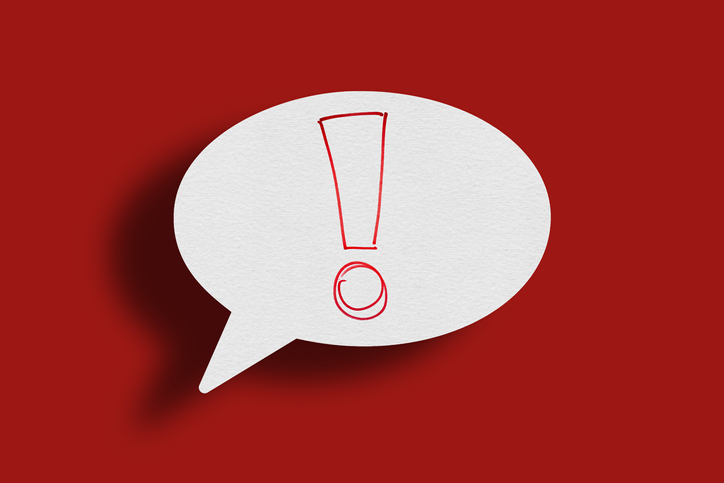Spend any time analysing the marketing messages landing in your inbox right now and you might notice that they tend to fall into one of three categories:
- Messages about COVID-19
- Messages that refer to COVID-19
- Messages that ignore COVID-19
The messages that fall into the first category are addressing the thing (the only thing?) that everybody’s thinking about right now, so they’re perfectly relevant. But the problem with purely focusing on COVID-19 is that these communications run the risk of getting the tone wrong because of the intense emotions that everybody is feeling about the crisis. Dior, for example, emailed one of our female colleagues recently about her “facetiming friends look”, which slightly misjudged what was on her mind at the outset of a pandemic.
By contrast, those communications that fall into the last group—messages that ignore COVID-19 entirely—have to worry a lot less about getting the tone right, and may even benefit from being refreshing reminders of the world beyond COVID-19, but also run the risk of seeming completely irrelevant. So, you might quite welcome the chance to find out about a new movies-on-demand service, and really don’t need or even want explicit references to the situation you’re facing in your life right now; after all, what it’s offering is a chance to escape. But a chirpy car insurance advert? Unless that’s making explicit reference to the fact that you’re barely using your car right now, and offering you a pandemic-ready policy, it’s not really going to feel like the kind of thing you want to hear about.
But it’s the second group that we think is the most difficult to get right. These are probably messages and campaigns that had already been planned, but are now being “optimised” to fit the crisis, and they’re being optimised in a rush too. Get them right, and they look resourceful and community-spirited—like a company genuinely thinking about how it can help. Take this piece by McKinsey for example. Get them wrong, and they run the risk of looking either opportunistic, or simply ridiculous.
For publishers of thought leadership, the idea of there even being a last group may simply be impractical right now. Individuals may want to escape the crisis for moments in their private lives, but it’s quite hard for businesses to do the same. And the second group needs to be handled so carefully that it, too, may be best avoided completely. Are you completely sure your piece isn’t going to sound optimised? Are you sure it won’t sound opportunistic? Because you need to be. Which really leaves the first group as the only remotely “safe” ground on which to stand. But even if you’re publishing material that tackles the crisis head-on, you still need to bear a few things in mind:
- Time. Your piece may be broadly relevant, but have you got the timing right? The time it takes to get most decent thought leadership from conception to publication is probably too long right now. There’s just too much danger of the world having moved on in the time it takes you to get something ready. So you need to throw whatever resources are necessary at the situation to compress the time it takes to publish.
- Tone. The key right now is emotional intelligence. And the key to that is almost certainly not to write in a vacuum. Speak to people. Listen to your audience; not just to what they’re saying but to what they’re not saying, and to their underlying emotions. Make your thought leadership generous and genuine, and full of humanity.
- Quality. Nothing about the current situation rewrites the rules about quality. Make it different, make it appeal, make it resilient, and give people something to do as a result of reading it. Otherwise don’t do it at all.
So, yes, there is a danger zone when it comes to thought leadership right now, but the world also needs thought leadership right now. Just make sure you get it right.
